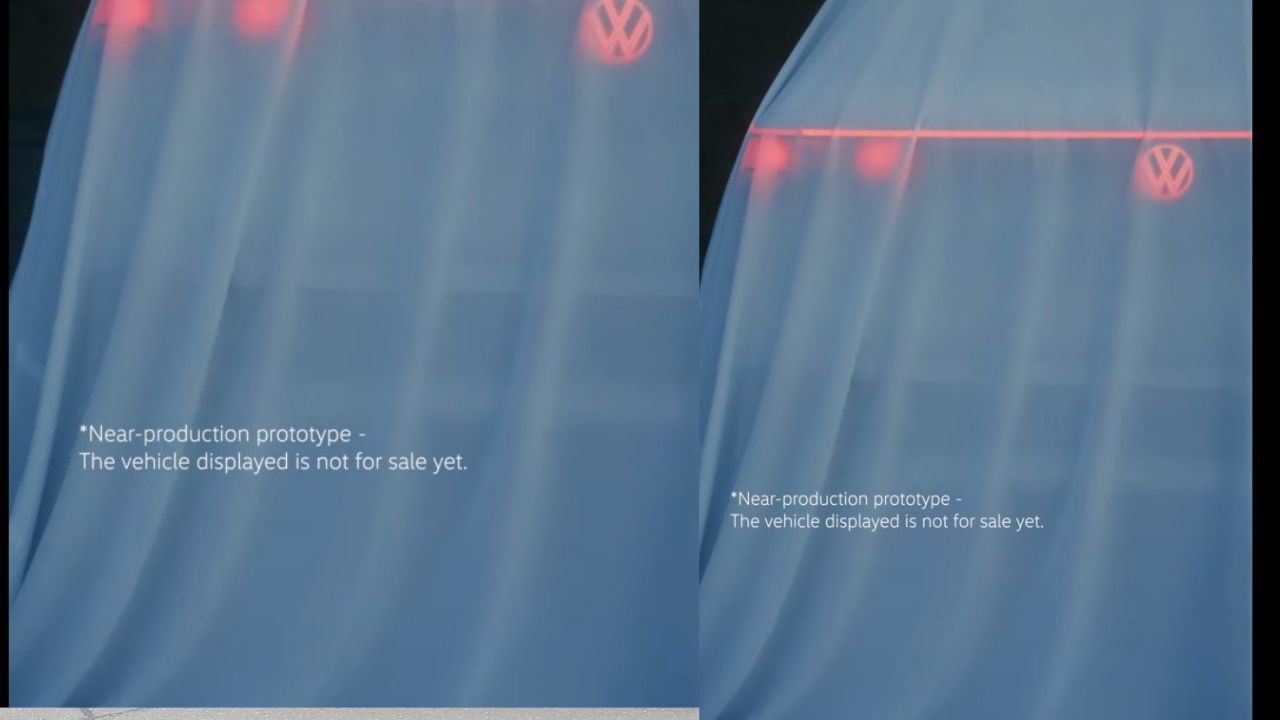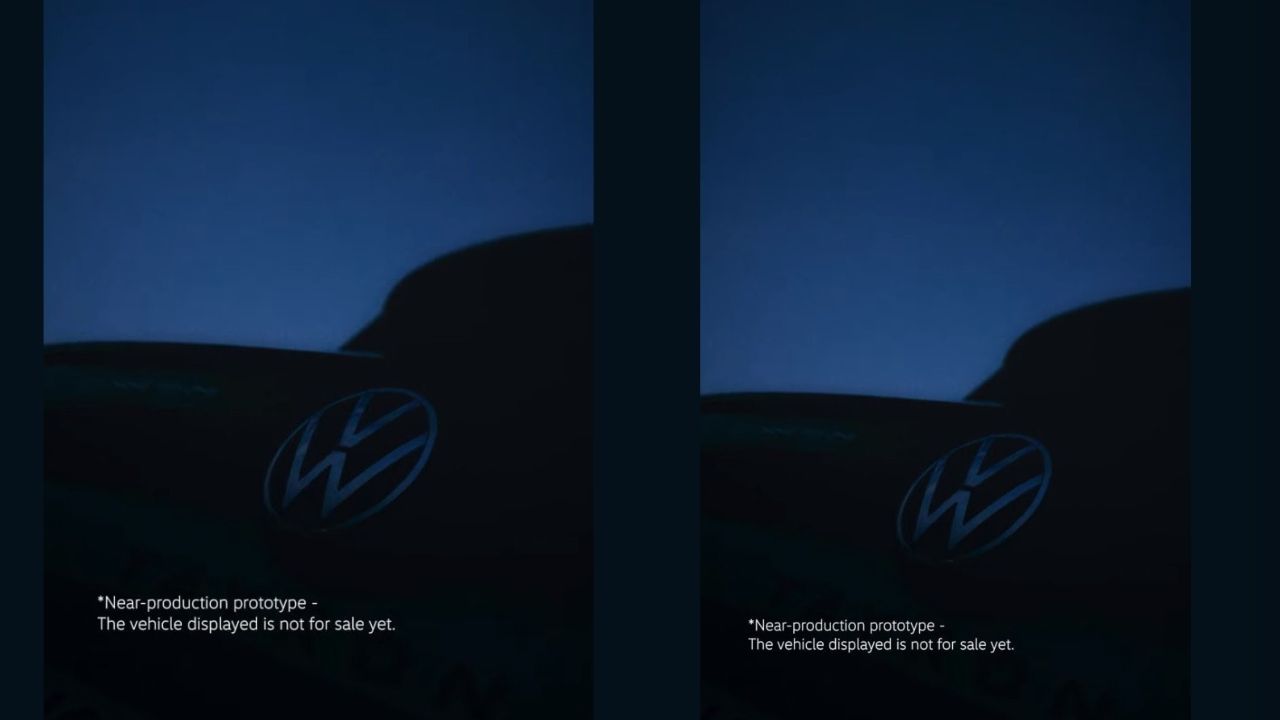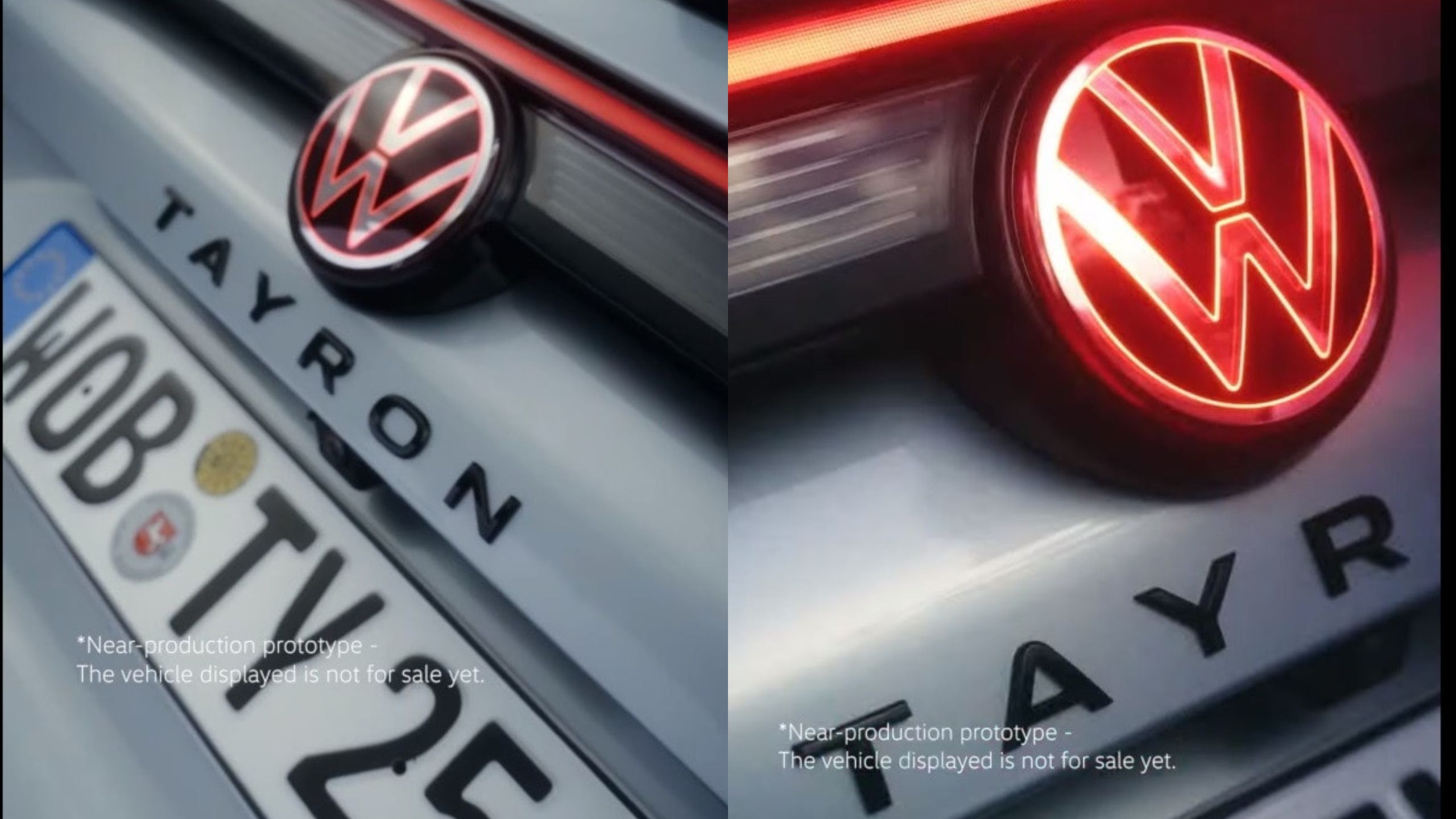Volkswagen, despite its extensive European crossover lineup, is introducing yet another model: the Tayron. This new crossover, set to be sold in Europe and as the 2025 Tiguan in the United States, will bridge the gap between the new Tiguan and the Touareg.
It’s a pre production model, but its animated LED taillights and VW logo suggest it’s likely based on China’s Tayron L. While its size remains uncertain, it’s expected to be longer than the new Tiguan.
This could mean it offers more interior space and cargo capacity, making it a more practical option for families or those who frequently travel with luggage. Additionally, the Tayron’s position in the lineup suggests it may feature more premium features and a higher price point than the Tiguan.

It remains to be seen how the Tayron will be received by European consumers, who already have a wide range of crossover options to choose from. However, Volkswagen’s decision to introduce this new model indicates that they believe there is still demand for larger, more luxurious crossovers in the European market.
Volkswagen’s upcoming Tayron crossover, set to debut in Europe on October 10, 2024, will share its platform with several other VW Group models. Built on the MQB Evo architecture, the Tayron will offer a variety of powertrain options, including gasoline, diesel, mild hybrid, and plug in hybrid configurations.
While the exact details of the powertrains remain undisclosed, it is expected that many will be shared with other vehicles in the VW Group’s lineup. The Tayron’s plug-in hybrid version is likely to have an electric range of around 62 miles, similar to the latest Tiguan.
Given the growing popularity of electric vehicles and the increasing pressure on automakers to reduce their carbon footprint, some may question the wisdom of launching a new internal combustion engine powered crossover in Europe at this time. However, there are several factors to consider. Firstly, the Tayron will offer a range of powertrain options, including electrified versions, which could help to reduce its emissions.

Secondly, the crossover segment remains popular in Europe, and the Tayron could fill a gap in Volkswagen’s lineup. Finally, the Tayron may be designed to appeal to a wider range of customers than purely electric vehicles, particularly those who are concerned about range anxiety or who do not have access to adequate charging infrastructure.
Ultimately, the success of the Tayron will depend on several factors, including its pricing, performance, and appeal to consumers. However, Volkswagen is taking a calculated risk by launching a new ICE-powered crossover in Europe at this time. Only time will tell whether this decision will pay off.

